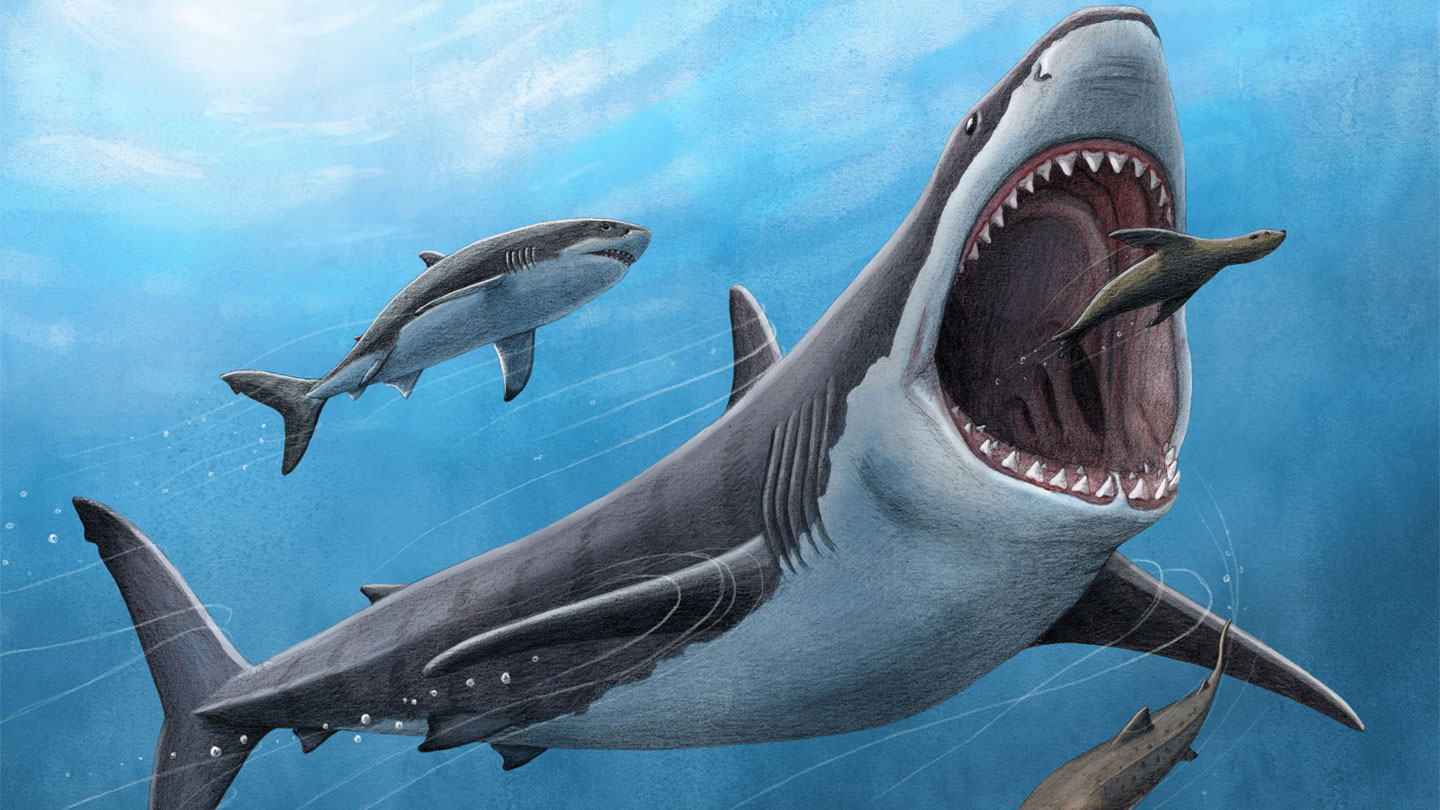Massive, megatoothed Otodus megalodon ran hot — the ancient shark was at least somewhat warm-blooded, new evidence shows.
That warm-bloodedness may have been a double-edged sword. The trait may have helped O. megalodon become a swift, fearsome apex predator and grow up to 20 meters long, making it among the largest carnivores to ever live on Earth. But the shark’s voracious appetite may have also spelled the species’ ultimate doom. Gigantism has a high metabolic cost, says UCLA marine biogeochemist Robert Eagle: Bigger bodies require more food, and the massive sharks may have been particularly vulnerable to extinction when the climate changed and food became scarcer.
Mammals are well known for being able to metabolically elevate and maintain their body heat, even in colder environments, a trait called endothermy. But some fish lineages, both living and extinct, are capable of regional endothermy, maintaining some body parts at higher temperatures than the surrounding water (SN: 6/10/10). For example, many modern lamniform sharks — the group that includes species like mako and great white sharks — have this ability (SN: 8/2/18).
“Indeed, regional endothermy is one of just two known evolutionary pathways toward giant sizes in sharks,” says Jack Cooper, a paleobiologist at Swansea University in Wales who was not involved in the new study. (The other, Cooper says, is filter feeding, employed by gentler giants such as whale sharks.)
2023-06-27 11:15:06
Article from www.sciencenews.org




















